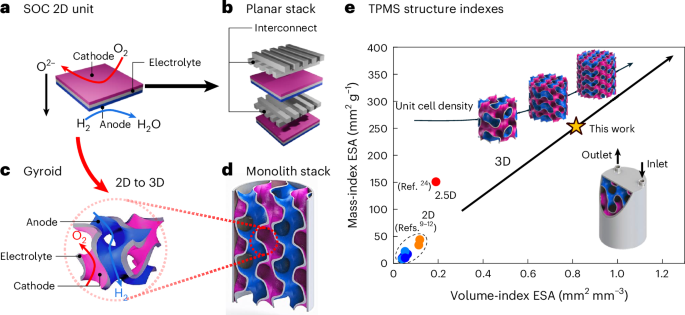Advancements in Solid Oxide Fuel Cell Technology and 3D Printing for Energy Applications
Key Ideas
- Recent research highlights advances in solid oxide fuel cell technology and 3D printing for energy applications.
- Key studies discuss the development of high-efficiency fuel cell stacks and electrolytes using innovative 3D printing techniques.
- The integration of 3D printing in the manufacturing process is enhancing the performance and sustainability of solid oxide fuel cells.
- Collaborative efforts between academia and industry are driving progress in the field of energy technology for a greener future.
The article showcases recent advancements in solid oxide fuel cell technology and 3D printing applications in the energy sector. Studies by prominent researchers such as Hauch et al., Wachsman et al., and Guan et al. highlight progress in solid oxide cell technology for electrolysis and fuel cell efficiency. The integration of 3D printing in manufacturing processes is revolutionizing the development of fuel cell stacks and electrolytes, leading to higher electrical efficiency and sustainable energy solutions. Collaborative efforts between academia and industry players like Elcogen, Lentatek, and Kyocera are driving innovations in solid oxide fuel cell stack design and production. Research on 3D printing materials and processes for energy applications, such as the work by Martos et al. on reversible solid oxide cell stacks, demonstrates the potential for efficient hydrogen production and power generation. Overall, the sentiment in the article is positive, highlighting the promising future of energy technology through the convergence of solid oxide fuel cells and 3D printing for greener and more sustainable energy solutions.
